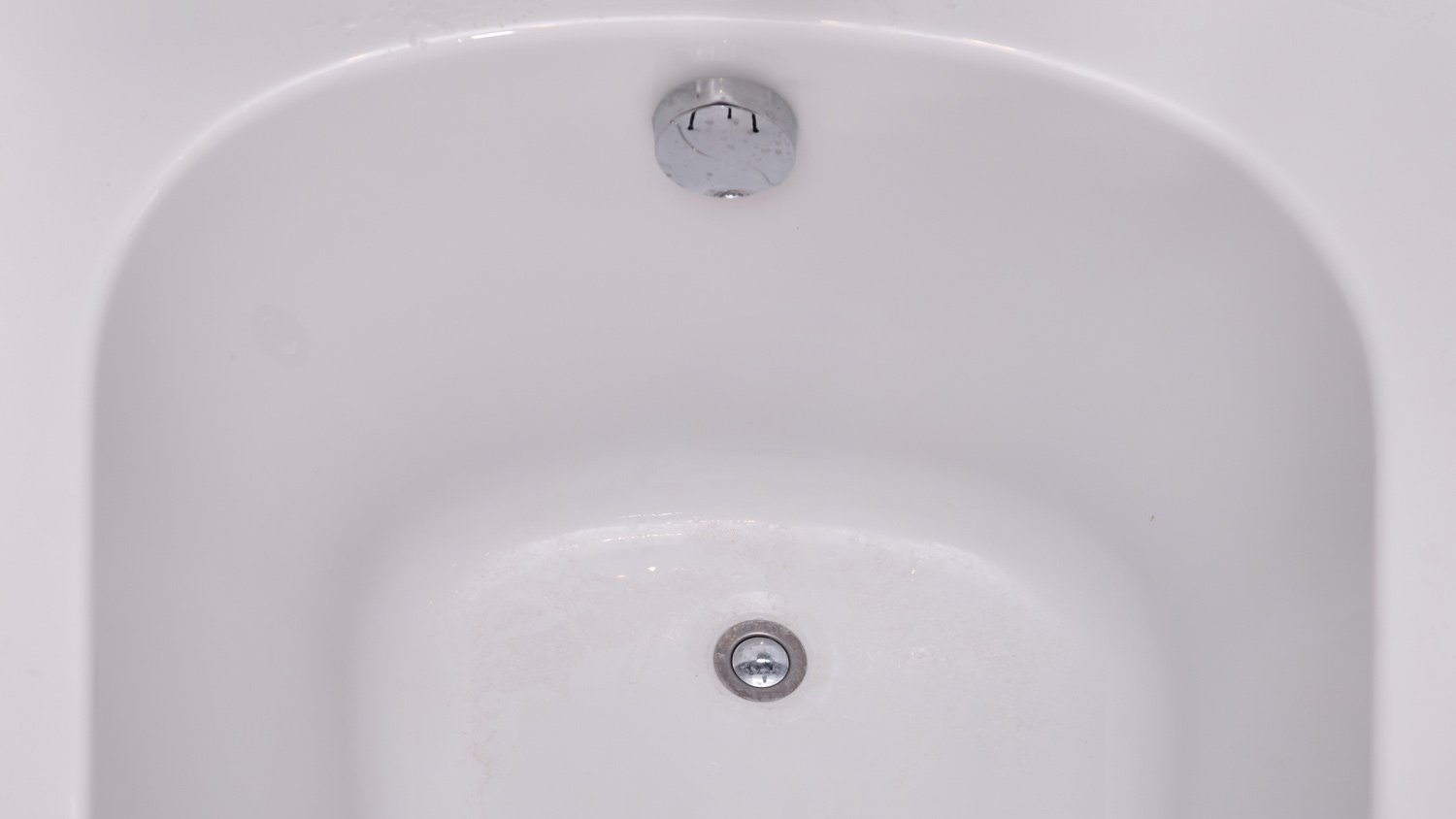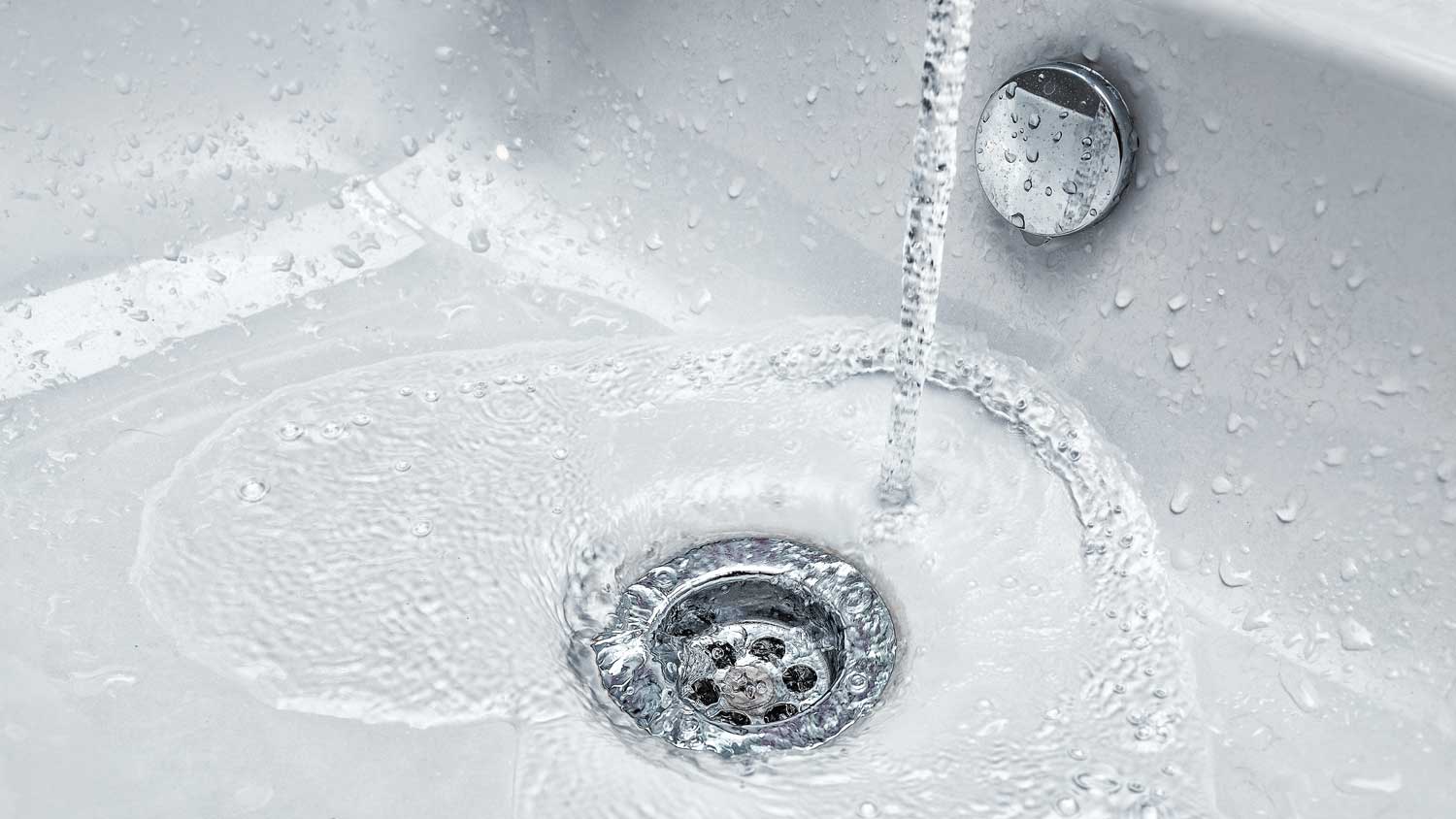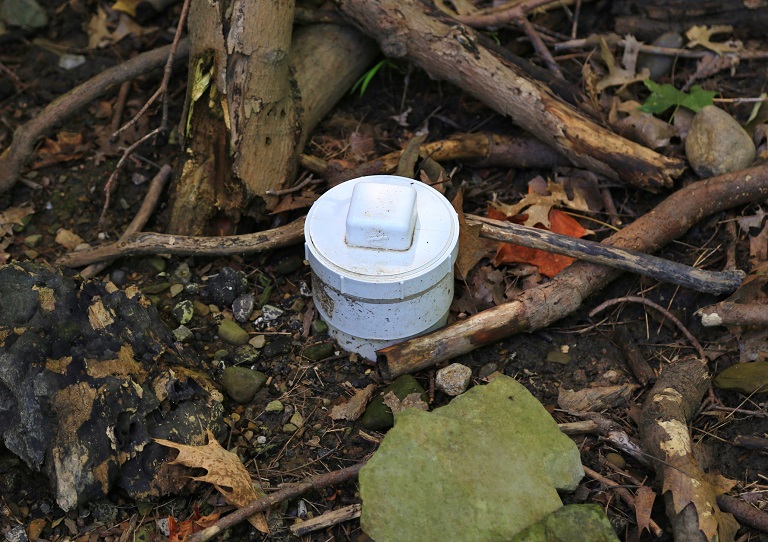
Discover the cost to replace drain pipes in a house, including average prices, key factors, and tips to save on your plumbing project.
Most tub drain sizes are the same, but here’s how to measure


The standard bathtub drain is 1 ½ inches.
You can find drains anywhere from 1 ⅜ to 2 inches on specialized tubs.
Tub-shower combos use a smaller drain than the standard walk-in shower.
A plumber will measure your overflow drain and cut the pipes to size.
On average, cleaning a tub drain costs $225, and replacing a tub drain costs $700.
A new bathtub can make a massive difference in a remodel, but you’ll need the correct tub drain size for the installation. Luckily, most tub drains are a standard size dictated by local plumbing codes, but if you’re looking to purchase an antique tub or something more specialized than the norm, it can get a little tricky. This guide will tell you everything you need to know about tub drain size and how to measure for the right fit.
When taking on this project, expect questions only a pro can answer. With our network of local pros, you'll get the job done and your questions answered—without the hassle and stress of doing it yourself.

The standard tub drain size is 1 ½ inches—this is the nominal pipe size and the name you’ll find on the shelf in the hardware store. It doesn’t reflect the actual outside diameter of the drainpipe, since pipes come in different materials of varying thicknesses. Rather, nominal pipe size is an approximation of the internal diameter.
Standard bathtubs have a drain hole to accommodate a 1 ½-inch drain, but antique tubs may have different sizing. The plumbing code requires a minimum of 1 ½ inches.
Though bathtub drain sizes are standardized, you can find drains that are slightly smaller or larger. Using the correct size drain can keep your bathtub from clogging and draining too slowly. It also allows your drain to fit with the rest of the plumbing behind and underneath your tub.
| Type of Drain | Size (Inches) |
|---|---|
| Modern bathtub | 1 ½–2 |
| Antique bathtub | 1 ⅜–2 |
| Shower-tub combo | 1 ½–2 |
| Overflow drain | 1 ½ |
Modern bathtubs have a standardized 1 ½-inch drain, which fits with the standard bathtub P-trap. In some rare instances, like custom designs, bathtub drain sizes may span up to 2 inches. For example, some accessible walk-in tubs have a 2-inch dual-drain system that helps drain the tub quickly because the user cannot exit until all the water drains.
Antique bathtub drains vary in size more than those for modern tubs. You’ll find sizes anywhere from 1 ⅜ inches (or slightly smaller than a standard tub) to 2 inches (the standard size for a shower). Smaller sizes are more common in vintage clawfoot tubs, though they’re rare overall.
If your tub has a 1 ⅜-inch drain, you may have difficulty finding a match at your local hardware store. In that case, look for specialty sellers or upgrade the whole drain assembly to one with standard sizing.
Like standard bathtubs, a shower-tub combo has a 1 ½-inch drain. This differs from a walk-in shower, where a 2-inch drain is standard. Some homeowners choose to install a 2-inch drain for a shower-tub combo, but only rarely because the drain hole is already cut into the bathtub.
The most common bathtub overflow drain is 1 ½ inches in diameter—the same size as common bathtub drains. These drains are sold in kits that include the tub drain and the connecting pipes. The purpose of an overflow drain is to prevent water damage by draining water when the tub is at risk of overflowing.
While the diameter of the drain remains 1 ½ inches, the length of the overflow drainpipes varies. It depends on the size of your tub and the distance to the floor. Drain and overflow kits fit all standard-sized tubs, and your contractor will cut the pipes to size. If you have a clawfoot tub, make sure to purchase a kit specifically for clawfoot tubs because the drains differ.

If your tub includes an overflow drain, you'll need to take a few different measurements before purchasing a kit. Though most kits work with most standard bathtubs, the length of the pipes has to be in the right ballpark so a contractor can cut them to size. If you hire a local plumber, they can handle the entire process from start to finish. Below are the measurements you’ll need.

The diameter of your drain hole will determine the size of your drain and the surrounding pipes. Most tub drain holes fit a 1 ½ drain, meaning the overflow and connecting pipes should also be 1 ½ inches.
To get the diameter, use a caliper or tape measure to measure the width of the hole. Bathtub drains have different types of stoppers, so keep that in mind when choosing your kit.
The drain shoe length is the distance from the tub drain to the waste tee (the pipe fitting that connects the overflow drain and the drain shoe). You’ll need to look under your existing tub to get the measurement, which is difficult if the pipes aren’t visible. Sometimes your bathroom may have an access panel with the information. If not, use a tape measure to measure the length between the drain and the waste tee.
The depth of the overflow is the distance from the edge of the overflow hole on your tub to the bathroom floor. Use a tape measure to get this vertical measurement. If the bathtub's curve gets in the way, a laser level may help you take the measurement.
You may not need the tub depth to purchase a drain kit, but it’s always good to know in case it comes up. Most tubs have a depth between 14 and 20 inches, though certain soaking tubs may be slightly deeper.
Though tub drains are standardized, there are a few factors that may influence the size of your specific drain:
Plumbing code: Plumbing code dictates the required size of your drain and surrounding piping. If you’re performing a DIY remodel, make sure to check your local code beforehand.
Bathtub model: Drain sizes vary depending on the model. Specialized drainage features may require a larger drain. Freestanding tubs, clawfoot tubs, or custom installations may deviate from the norm in rare instances.
Size of the tub: The size of your bathtub will determine the size of your overall drain and overflow kit. Deeper tubs (think: spa-like soaking tubs) need longer overflow pipes than your basic alcove tub.
Bathtub age: Antique or vintage bathtubs often have a range of drain sizes because they were crafted according to outdated plumbing codes. Modern tubs are more likely to have a standard-size drain.
If your local drain cleaner isn’t cutting it when it comes to clogs, you may want to look at the size of your drain. Sometimes, smaller antique drains can cause issues with modern plumbing systems. Even if your drain is the standard size, you may find a mismatch in the piping—especially if you’re upgrading an older bathroom or replacing a shower with a bathtub.
Here’s what you can do if you have the wrong size tub drain.
In some remodels, you may find that your tub drain is 1 ½ inches in diameter, but the surrounding plumbing is 2 inches in diameter. In this case, use an adapter to help the pipes fit together.
In some instances, you may need to replace the entire drain or drain assembly. This is especially true if you have a vintage tub in a hard-to-find size or your bathtub doesn’t meet the plumbing code. The cost to replace a tub drain averages between $500 and $1,020.
In this case, it’s a good idea to hire a pro. Installing a tub drain and overflow is not always a simple DIY, especially if you’re dealing with sizes beyond the standard. A licensed plumber will understand plumbing code and come up with a solution that works best for your bathroom.
From average costs to expert advice, get all the answers you need to get your job done.

Discover the cost to replace drain pipes in a house, including average prices, key factors, and tips to save on your plumbing project.

Clogged drains are a pain and can be persistent if you don’t deal with the blockage. Use this guide on how to snake a drain to save money and DIY a solution.

Garbage disposal clogs can stop the flow of your kitchen. Follow these simple tips to unclog your disposal and get it running in no time.

Find out the average cost to remove roots from pipes, what impacts pricing, and expert budgeting tips for root removal, and protect your plumbing.

If you’ve got a slow-draining bathtub, it could be due to hair buildup. This complete guide will show you how to remove hair from the drain.

If you have a clogged pipe and natural methods are not working, you may need something stronger. How do drain cleaners work? Find out in this guide.